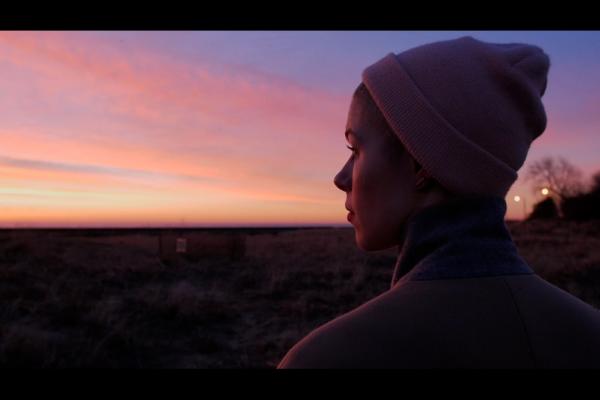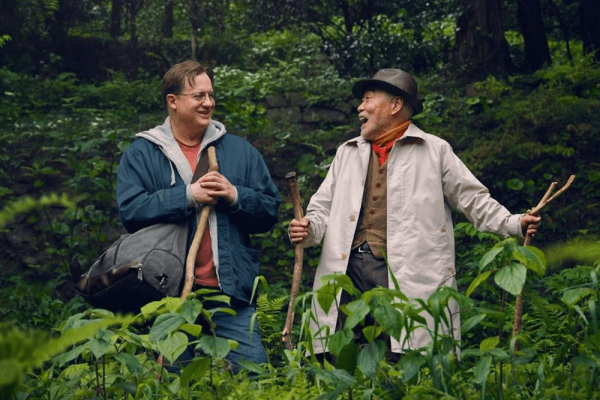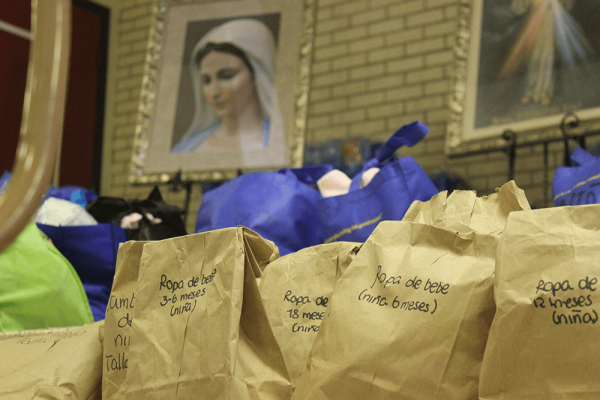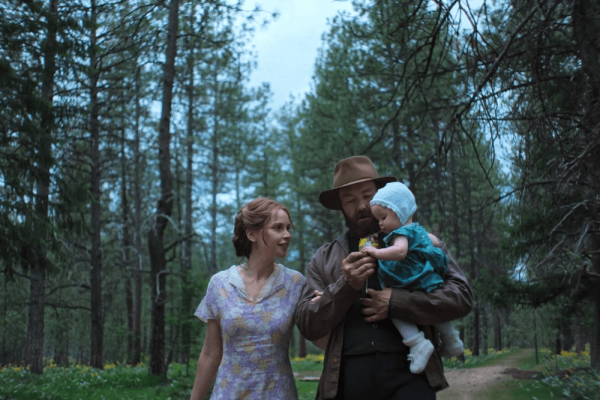When the House passed President Donald Trump’s Big Beautiful Bill Act, House Speaker Mike Johnson gave glory to God.
Johnson, the Louisiana Republican and Christian, believes that his work and the work of the United States are divinely orchestrated. But if the so-called “Big Beautiful Bill” is truly from God, then what are we to make of cuts that negatively impact the most marginalized in our society?
As the federal government makes cuts to programs and services that previously aided domestic violence survivors, advocates and activists are working to raise awareness about the issue of domestic abuse.
The new documentary Dawn Dusk, which begins streaming Aug. 15 on Amazon Prime, Tubi, and other services, provides an intimate look into the lives of those affected by domestic violence. As a survivor of domestic abuse, I appreciated how the film tried to highlight the process of forgiveness and the role of art in processing trauma and loss, even if it missed some opportunities in its execution.
The main character of Dawn Dusk is Chelli Look, an artist and maker of the leather bag collection, Dawn | Dusk. The co-directors and producers, Jason and Blue Gerber, approached Look after an open studio showcasing her collection to make a five-minute docu-style video they were planning to use as a portfolio piece. In a July Zoom interview with Sojourners, they said the project grew from there. “As we started filming with her, we saw that [her story and journey] really was in every aspect of what we were seeing, and that we were seeing this kind of deeper journey of grief and healing and creativity and kind of the blend of all of those things,” Blue Gerber said. “We just kept filming.”
Look started making bags after her older sister, Megan, refused to teach her how to replicate one she had made at school. Despite this, Look figured out how to make bags anyway and founded her own company, CHC, intending to run it with her best friend. But her best friend unexpectedly passed away during college, and her sister, Megan, was murdered by her husband Brian in 2007.
The Gerbers began filming with Look in late 2016. Look isn’t a direct survivor of domestic violence, but she’s still deeply impacted in undeniable ways. The documentary follows her journey as an artist and advocate. In the wake of the loss of her sister, Look uses her work to process her grief and donates part of the proceeds of her company to a domestic violence shelter.
“As an introvert, one of my struggles is putting my thoughts and feelings into words,” Look says in the documentary. “I’ve always had a fear of being misunderstood, so doing something creatively allows just the complexity of what I’m feeling or what I’m thinking to actually manifest without having to use words.”
The film is not necessarily a film about domestic violence, but rather it is a film that is “domestic violence adjacent,” co-director Jason Gerber told Sojourners. “In order to understand Chelli, and in order to be able to be put into her shoes and understand her process; for the audience to be able to have empathy, you need to understand her as an artist first because that’s the way that she is processing her grief, her healing, and her movement towards forgiveness.”
Look’s work is her form of expression, and after losing her best friend, the making of leather bags became her way of communicating the unsayable. She made her first bags out of cloth but eventually transitioned to using leather. She compares the medium of bagmaking to learning a language. When she began this artistic project, she said it was as though she had found a dictionary.
“Art is more about the process than the finished product,” Look said in a July Zoom interview with Sojourners. “To me, the finished product is kind of like the end point of a certain process, and I think if an artist—or just a person—gets too focused on getting the piece finished, you can miss out on what it’s really about.”
Look, who is a Christian, is not only thinking about the long process of her art but also the long process of her faith journey. In Sojourners’ interview with Look, she described community, and church specifically, as a way she dealt with her grief and anger. She says she didn’t have a church family in the immediate aftermath of the loss of her sister and didn’t process anything until the trial three years later in 2010.
READ MORE: In Exhibiting Forgiveness, Titus Kaphar Seeks Generational Healing
Her journey toward forgiveness wasn’t straightforward. In one of the film’s most powerful moments, she describes being at church and feeling like God was asking her to pray for her sister’s killer. In that moment, she remembers thinking that she and God were done conversing for the day.
“My deep fear was that in saying a prayer for him, I was saying it was okay for him to do what he did,” Look reflects in the documentary. “But forgiveness doesn’t make what he did OK, but it’s just—grace is a free gift,”
It took more than a year for her to say that prayer, but once she was able to offer forgiveness, she said she found peace.
I’m still trying to find peace. Something I am continuing to work through is this: Both during and well after being in an abusive relationship, I felt alone. Even though it wasn’t true, I felt responsible for bringing this problem into my friends’ and family’s lives. I struggled with the fact that so many of the men at the church knew what was happening and did nothing about it. I think that hurt more than anything else. And yet, despite my complicated feelings about being in a church body that included those people, there were also people in that community who showed up and helped me carry the immense weight of my guilt and anger.
Look and I are aligned in terms of our commitment to raising awareness about domestic abuse, but I wish that more time had been spent focusing on her journey toward forgiveness. The close-ups of Look as an artist aid in the exploration of her recovery process, but the portions of the film that focus just on the bag collection or bagmaking feel incongruous with the larger narrative being told.
I deeply appreciate Look’s advocacy work, but the framing of the documentary—with its emphasis on Look as an artist and its focus on the Dawn | Dusk collection, which Look closed in 2019—is at odds with itself. Is this primarily a story about forgiveness and grief? Or is this primarily an artist profile with important backstory sprinkled in? The most poignant and emotionally resonant moments of the film suggest the former, but the shots of the bags, the order in which the story is told, and the emphasis on CHC suggest the latter.
Even so, Dawn Dusk helped me process parts of my own story and encouraged me to examine how issues of domestic abuse continue to plague our society. For a long time, I avoided talking about my experience with domestic abuse because, in my mind, the language of domestic abuse was reserved for only the most violent examples. I felt that my hurt, my trauma, and my experience weren’t a “legit” form of domestic abuse. But domestic abuse is just as much about verbal, emotional, and spiritual abuse as it is about physical abuse. Domestic abuse is also systemic. The Trump administration’s budget cuts to programs and services for domestic violence survivors are an example of how domestic abuse is enabled at the highest level of our government.
For those who watch Dawn Dusk, my hope is that they are also encouraged to examine domestic violence from an individual and systemic perspective. For Christians in particular, I hope that the documentary pushes them to think creatively about how to create spaces for healing, accountability, and communal care. Considering how the Trump administration’s budget cuts threaten to strip resources from domestic violence survivors, such work is urgent and necessary.
“I think if an artist—or just a person—gets too focused on getting the piece finished, you can miss out on what it’s really about.”
Got something to say about what you're reading? We value your feedback!







